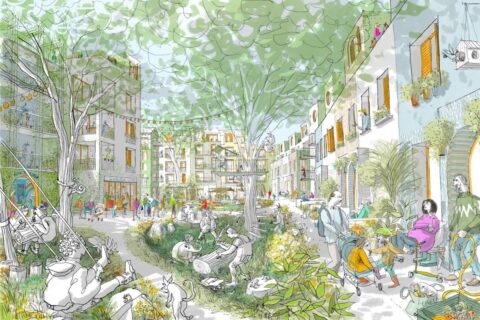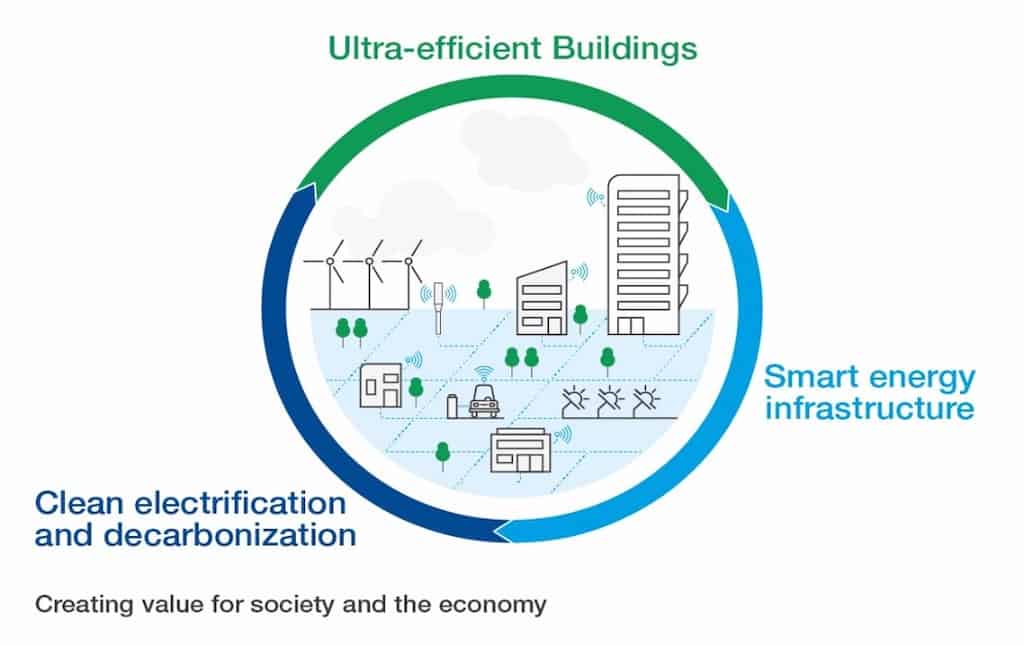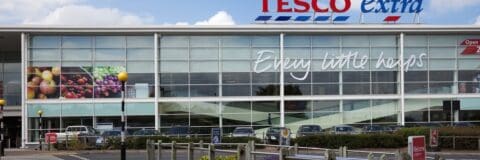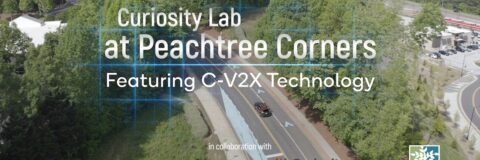A version of this article first appeared in a Special Report on ‘Smart Cities’, published in The Times, 7 June, 2012.

Efficiencies in technology and infrastructure will bring multiple benefits to inhabitants of Smart Cities – saving them time and money, energy and water, waste and space – but cannot alone guarantee wellbeing and improved quality of life.
“There is a need to combine integrated ‘layers of smartness’ with a future city model that should embrace not just resource efficiency but promotion of good health, economic stability, a sense of shared community and with an ability to adapt,” explains Andrew Comer, Director Environment and Infrastructure, Buro Happold. “In short, we need a more sophisticated and universal language and an integrated approach to urban development, funding and governance.”
In relative terms, some of the smaller high-growth economies in Asia, such as Singapore or Malaysia, are perhaps ideally positioned to reap and deliver the greatest benefits from investing in such an integrated approach to Smart City development. Realising this potential, their thinking is big and strategic, as Hugh Roberts, Business Development Director at SKM Colin Buchanan, saw first-hand:
“Smart Cities are no longer merely showpiece flagships; a second generation is now contributing to wider regional investment and growth. Sarawak, one of Malaysia’s eastern states on the island of Borneo, is launching SCORE – the Sarawak Corridor of Renewable Energy. This multi-sector development plan commences with low-cost power generation from hydro schemes which will fuel aluminium and copper smelting and large-scale silica production, together with new agro and food production industries. It then moves on to planning a Smart City at Mukah, to serve as nerve centre for the sub region.”
The Smart City is to feature Knowledge, Administrative and R&D hubs, bringing together academia, industry, business and technology. Economic growth and efficiency benefits to businesses and organisations mean the opportunity to develop and retain home-grown human-resource talent, particularly in IT-driven labour pools, is a clear win-win for employer and employee alike.
Business opportunities in connection with the Smart Cities agenda are not however limited just to companies physically located within the urban areas themselves – there is a whole smart service industry emerging, blazing technology trails lit by best-practice beacons old and new.
IBM has involvement in over 2,000 Smarter Cities projects worldwide, working on initiatives right across the sustainability spectrum – from helping reduce carbon footprints of buildings, IT energy usage and traffic emissions, to providing healthcare innovation that supports independent living for the elderly, or aids diagnostics in clinical decision-making.
For education, business and government, Canadian company SMART Technologies provides visual collaboration solutions via interactive whiteboards in over 100 countries. Effective data sharing offers potential to save money, increase productivity and reduce carbon footprints. In this new commercial and cultural landscape, working together is working smart: No company is an island; no worker cut off.
Whilst location need not necessarily prove a barrier to smart market participation, potentially age might: Can a city simply be too old and too developed to join the smart party?
With a Royal Charter dating back to 1155, Bristol is home to a collaborative Smart City programme between the public sector, business and community. Priorities are smart energy, transport and data, with initiatives ranging from technology support for domestic energy efficiency, through ICT for electric vehicles, to major investment in digital infrastructure and connectivity.
Bristol is unabashed about its ambitions to compete on a world-class scale as an inclusive green-digital economy, but for many an Old World metropolis, the full Smart City makeover presents a daunting prospect, as Peter Sharratt, Director Sustainability Services, Deloitte LLP, observes:
“This is a real challenge. Designing new is relatively easy, but retrofitting old is much harder and will cost much more. The solution lies in both the physical and the virtual – we need to reconfigure our infrastructure to be significantly more efficient, but at the same time we need to drive behaviour change throughout our citizens on a mass scale. A Smart City requires successful integration of smart systems AND smart people!”
With choice editing for citizens stimulating a virtuous spiral of upwards mobility in quality of life, perhaps the smart message will rapidly disseminate going forward: Ask not what your city can do for you – ask what you can do for your city.
To view the Special report in full online, please click here.
Author: Jim McClelland






